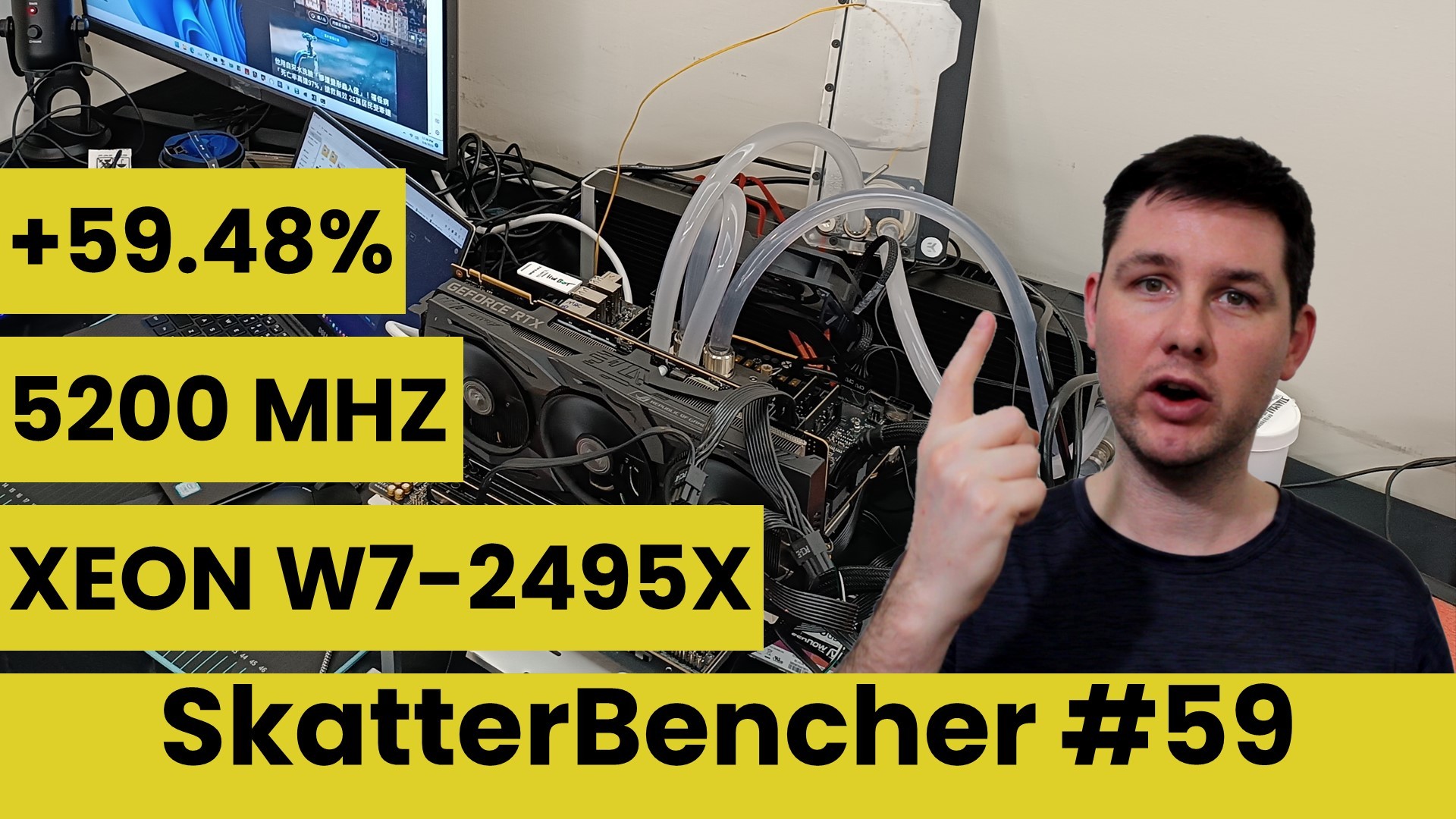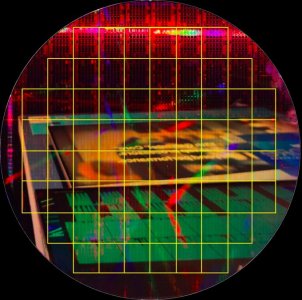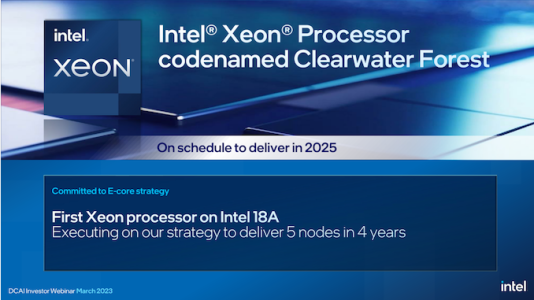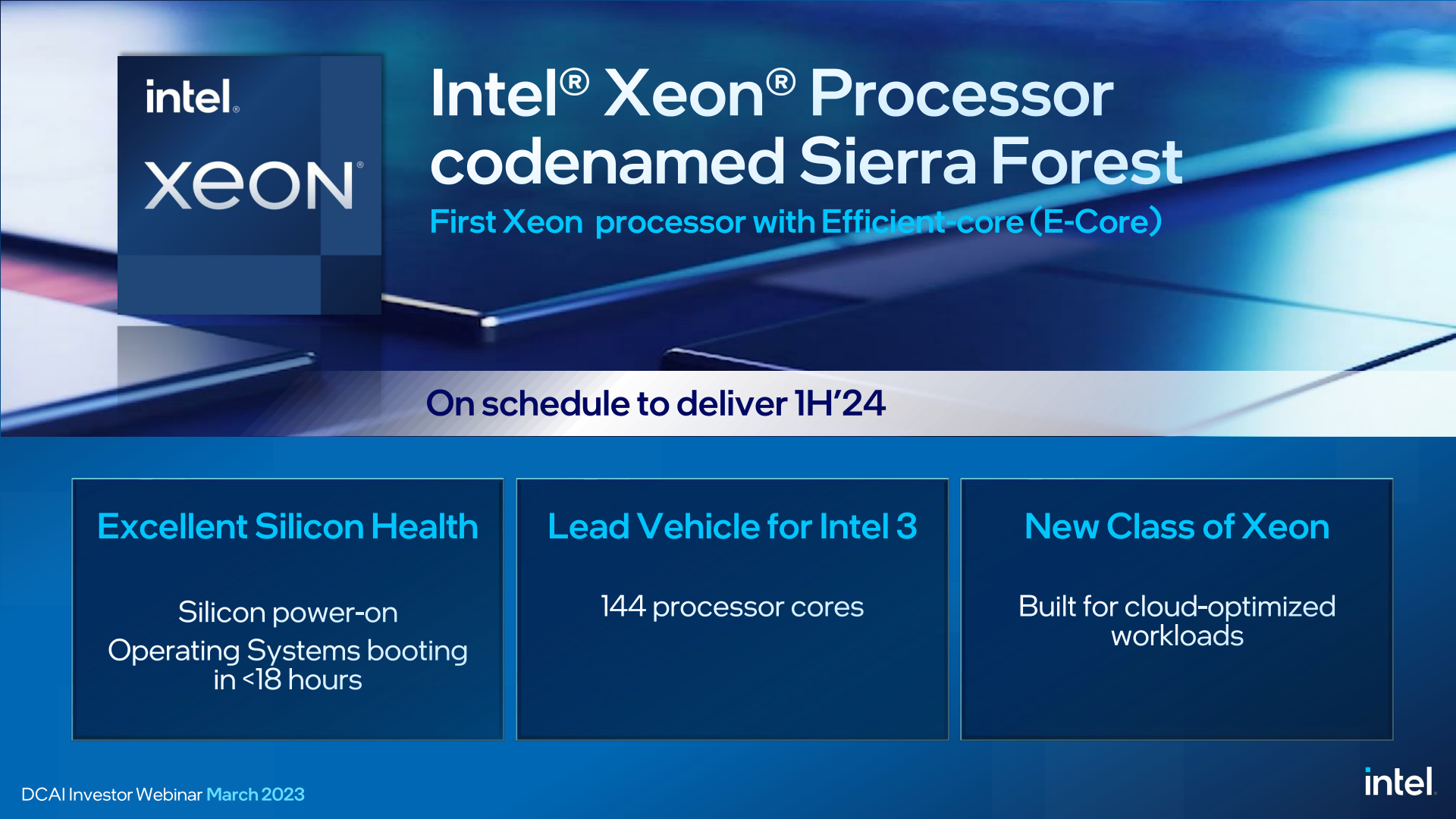- Intel's tiles have a lot of crosstalk because of the distributed MCs and the fact, that you can never know which part of the RAM gets used by which core on which tile.
- In theory, they have the big advantage, that one single core can use the bandwidth of all MCs combined. After several reviews I fail to see a significant amount of common DC workloads where that makes a difference.
/edit:
And the really sad thing is, that they do not seem to turn this ship around when looking at Siera Forest.
Sierra Forest is further different, as the cores are all on on-die along with the memory controller, unlike Rapids which have multiple core tiles.
Yes, there will be crosstalk, but the ability to access caches from other cores are still an advantage over one that can't.
Most workloads won't show an advantage. The "dark art" is shown in Enterprise workloads, like transactional database. That's why the Xeon E7s were always substantially better than E5's despite having a higher latency memory controller in that particular workload.
AMD and Intel always diverged in this aspect, from way back in the day. Intel is still competing with RISC big-iron, even though x86 has been dominant since long ago.
I think a lot of what you are saying also depends heavily on implementation
and execution. Even with an identical product, one that is well executed not only come earlier, but perform better. There is a fixed time aspect towards the final polish, so rushed projects don't get to have that. This difference will easily make up for technical differences.
It's more complex for sure, but they are choosing to do it. And if you look at IBM with POWER, they dwarf what Intel does to cater to that market. Which is why I think the convergence of E5 and E7 with the Skylake generation was kinda stupid. The E5's could cover most of the server volume market, but E7 was needed for Enterprise customers. E5's are quite a bit simpler and go through lot less validation so are nimbler in terms of timeframe. By converging the two, you are risking the entire generation.
The differences between Enterprise and rest of the market is big enough that it should continue to be separate lines. I hope -SP vs -AP is back to those roots.








